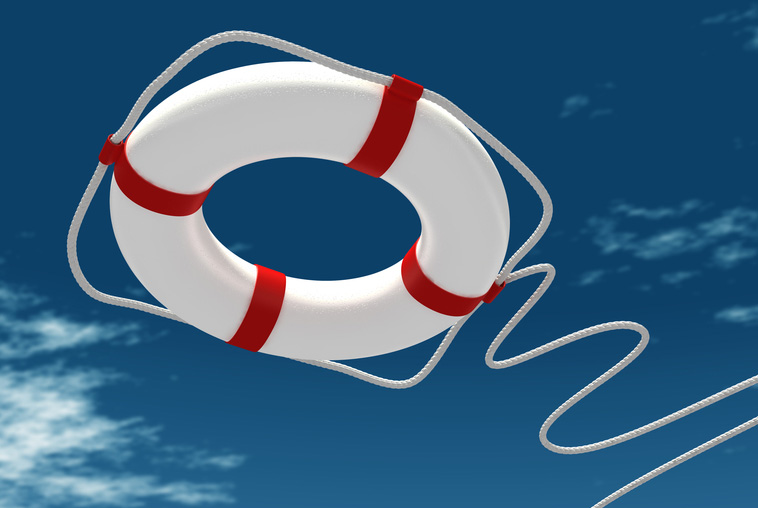This post is part of a series in which LinkedIn Influencers and members share their business travel advice and stories from life on the road. Read all the posts here.
I blame myself for one of my most humiliating business travel disasters.
As Chairman and CEO of Sony Entertainment, I was asked prior to making my first presentation in Tokyo to all of my Japanese colleagues, including the ownership, if I wanted to give the organizers the written form of my speech a day or two in advance. I declined, thinking that it would be best if they initially heard the presentation from me. I would happily give them the written materials afterwards.
I had fully rehearsed my speech and confidently stood at a podium in front of a massive room comprised mostly of presidents of the company’s divisions from all over the world. The venue and the audience were so large and diverse, it required two glass translation booths on both sides of the room to accommodate everyone’s language requirements. After my introduction, I decided to break the ice by going off script and telling what I believed was a very funny self-effacing story of my experiences at a big Japanese restaurant the evening before. No one laughed — not even a chuckle. This rattled me because I perceived myself as a warrior speaker, accustomed to eliciting engagement through the emotional reaction of humor.
Left with little choice, I pushed on and focused on the serious issues that would confront Sony in the year ahead. About a half a minute later, folks began laughing at these comments. This unnerved me. I put down the written speech because I felt I was obviously going down the wrong track.
My anxiety drove an increased pace of speaking, and I veered from my written notes to try to engage my audience by asking questions. No hands went up. I shifted my tactics again. I lauded the company’s past behaviors attempting to create goodwill and unity. I guess some folks didn’t like it because some hands shot up. My heart racing, I tried to gather myself by reaching for the bottle of water in the shelf below the podium. My clammy hands over-squeezed, causing the water to spurt up on myself and the dais. What else could go wrong?
Plenty! With an understanding that the Japanese operate as a bottom up, consensus building culture, I turned to the assembled group and inquired as to what they wanted to hear about my strategy and tactics for the future of the company or my leadership role. What I failed to appreciate was that this was considered poor protocol and ineffective leadership.
I neglected to understand who my audience was, what they expected, and most important, how they expected to hear it.
The trip was a disaster. Why? Because despite flying more than 5,000 miles and rehearsing my speech, I neglected to understand who my audience was, what they expected, and most important, how they expected to hear it. They were looking for leadership and inspiration, not fellowship and perspiration.
Top among the many painful lessons I learned from this travel disaster was that translation lagged about 30 seconds, which explained the delay in responses. I also learned why they had asked for written comments in advance — the translator didn’t know exactly what I was saying so it would have given her time to prepare. I came to realize that Japanese audiences don’t like participating in speeches and that the rapidity with which I spoke alarmed them, signaling that I was anxious and uncertain rather than controlled and effective. Most of all, I learned that American humor often doesn’t translate.
You must research how audiences around the world are unique. Then you must flex and adapt to their idiosyncrasies.
In other words, it wasn’t the time difference. It was that I was culturally out of sync, out of touch, and likely perceived to be out of my mind.
In the many years of global travel that followed, I always heeded this travel advisory. I researched well in advance who my audience was by talking to colleagues and other folks familiar with the culture. I prepared remarks in English and then sent them ahead for translation. I discovered that I had to solicit the translator’s feedback on anything that might have been construed as confusing or inappropriate because it would be perceived as impolitic for her to tell me on her own. I also learned a bit of the local language so that I could say a few phrases as a means of not just contacting my audience, but connecting with them.
What this means to you in your business travels is that when connecting to people in distant lands and other cultures, you have to really spend time not just on the content of your sales pitch, presentation, or speech, but on the context. You must research how audiences around the world are unique. Then you must flex and adapt to their idiosyncrasies. This advice isn’t just for CEOs of Japanese companies — it is relevant to anybody in any business, since today even local products have global audiences.
Photo: Markus Pfaff/Shutterstock


